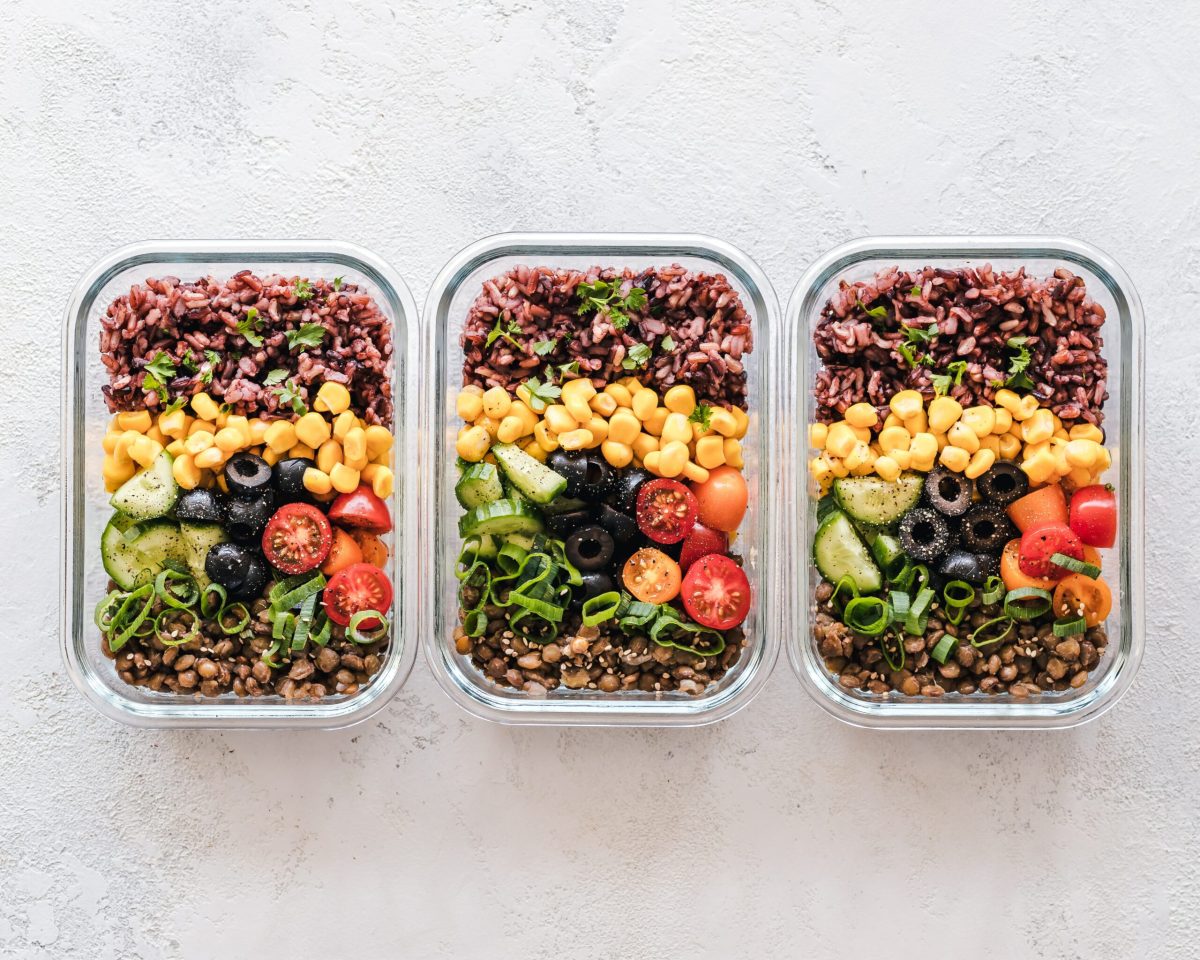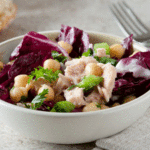Mastering the art of packing a diabetes-friendly lunchbox is more than just throwing together a few healthy items; it’s about crafting a delicious and balanced meal that supports your well-being. This guide unveils the secrets to creating satisfying and nutritionally sound lunches, focusing on carbohydrate control, glycemic index awareness, and portion management. Imagine vibrant salads bursting with color, satisfying protein sources, and carefully portioned carbohydrates that keep energy levels stable throughout the day. Learn to navigate the world of diabetic-friendly food choices with confidence and ease.
We’ll explore the nuances of carbohydrate counting and the glycemic index, providing clear examples and a handy comparison table to guide your selections. Discover three diverse sample lunchbox menus catering to various tastes, each meticulously designed for balanced nutrition and satiety. Practical tips on packing, storage, and temperature control will ensure your creations stay fresh and delicious, while simple, yet delectable recipes will inspire you to create your own diabetes-friendly culinary masterpieces. We’ll even tackle common challenges and offer solutions to make healthy lunch packing a breeze.
Practical Tips for Packing and Storing

Packing a diabetes-friendly lunchbox requires careful consideration of food choices, portion sizes, and preservation methods to maintain both nutritional value and safety. Proper storage and temperature control are crucial for preventing spoilage and ensuring the lunch remains enjoyable and healthy throughout the day. This section details practical strategies for optimizing your diabetes-friendly lunch packing process.
Best Containers and Storage Methods
Selecting the right containers is key to maintaining food freshness and preventing cross-contamination. Rigid, leak-proof containers are ideal for preventing spills and keeping foods separate. Glass containers are excellent for reheating leftovers, while BPA-free plastic containers offer lightweight portability. For smaller items like nuts or berries, individual, resealable bags or small containers are perfect for portion control. Using airtight containers helps maintain food quality by preventing oxidation and moisture loss, thus preserving flavor and texture. Consider using insulated lunch bags with ice packs to maintain the appropriate temperature for perishable items.
Step-by-Step Guide to Packing a Diabetes-Friendly Lunchbox
Efficient packing ensures your lunchbox is organized and easy to manage. Begin by selecting your containers and ice packs. Next, pack your non-perishable items first, such as whole-grain crackers or nuts. Then, add perishable items, like yogurt or hard-boiled eggs, placing them on top of ice packs to maintain a cool temperature. Arrange the lunchbox contents logically to prevent crushing or damage. Finally, include any necessary utensils, such as a fork or spoon. Remember to pack a water bottle to stay hydrated throughout the day. A well-organized lunchbox simplifies mealtimes and reduces food waste.
Temperature Control for Perishable Items
Maintaining the correct temperature is vital for preventing bacterial growth in perishable foods. Perishable items such as dairy products, meat, and poultry should be kept at or below 40°F (4°C). Using an insulated lunch bag with ice packs is crucial, especially during warmer months. Ensure ice packs are sufficiently frozen before packing. For lunches requiring refrigeration, a cooler bag with multiple ice packs is a good solution. Regularly check the temperature of your lunchbox to ensure the food remains safe for consumption. Discard any food that has been left at room temperature for more than two hours.
Preventing Food Spoilage and Cross-Contamination
Food spoilage can be minimized through proper storage and handling. Always wash your hands thoroughly before preparing and packing your lunch. Use separate cutting boards and utensils for raw and cooked foods to prevent cross-contamination. Pack foods in individual containers to avoid flavors mixing and to prevent spoilage from one item affecting another. Ensure all containers are properly sealed to prevent spills and maintain freshness. Pay close attention to expiration dates and discard any food showing signs of spoilage, such as unusual odors or discoloration. Following these practices helps to ensure the safety and quality of your diabetes-friendly lunch.
Recipe Ideas
Creating delicious and diabetes-friendly lunches doesn’t require sacrificing flavor or satisfaction. These recipes focus on balanced macronutrients, keeping carbohydrates under control while providing ample protein and healthy fats to support blood sugar regulation and satiety. Remember to adjust portion sizes to meet your individual dietary needs and consult with a healthcare professional or registered dietitian for personalized guidance.
Mediterranean Quinoa Salad
This vibrant salad is packed with fiber, protein, and healthy fats, making it a perfect diabetes-friendly lunch option. The combination of flavors and textures is both satisfying and refreshing.
Ingredients: 1 cup cooked quinoa, ½ cup chopped cucumber, ½ cup chopped tomatoes, ¼ cup crumbled feta cheese, ¼ cup Kalamata olives (halved), 2 tablespoons olive oil, 1 tablespoon lemon juice, ½ teaspoon dried oregano, salt and pepper to taste.
Instructions:
Image 1: A bowl of cooked quinoa, fluffy and light beige in color, steaming gently. The quinoa grains are clearly visible and distinct.
Image 2: A cutting board with a vibrant green cucumber and red tomatoes being chopped into bite-sized pieces. A sharp knife is neatly positioned beside the vegetables.
Image 3: A small bowl containing crumbled feta cheese, its creamy white texture contrasting with the dark purple Kalamata olives.
Image 4: All ingredients – quinoa, cucumber, tomatoes, feta, and olives – are gently combined in a large bowl. A drizzle of olive oil and lemon juice is visible on top.
Image 5: The finished salad, beautifully arranged in a serving bowl, garnished with a sprig of fresh oregano. The colors are bright and appealing.
Nutritional Information (per serving): Carbohydrates: 35g, Protein: 8g, Fat: 12g
Turkey and Avocado Sandwich Filling
This high-protein, healthy-fat filling offers a satisfying alternative to traditional, high-carbohydrate sandwich options. Avocado provides healthy fats and fiber, contributing to satiety and blood sugar control.
Ingredients: 4 ounces sliced roasted turkey breast, ½ ripe avocado (mashed), 1 tablespoon plain Greek yogurt, ¼ teaspoon Dijon mustard, salt and pepper to taste.
Instructions:
Image 1: Slices of lean roasted turkey breast, showcasing its light pink color and tender texture, are neatly arranged on a plate.
Image 2: A ripe avocado, its skin a deep green, is being halved and the pit removed. The creamy avocado flesh is visible.
Image 3: The avocado flesh is being mashed with a fork, creating a smooth, creamy texture.
Image 4: Mashed avocado is combined with Greek yogurt and Dijon mustard in a small bowl. The mixture is stirred until well blended.
Image 5: The turkey slices are layered on a plate, topped with the avocado mixture, and seasoned with salt and pepper. The finished filling is ready to be spread on whole-wheat bread.
Nutritional Information (per serving): Carbohydrates: 5g, Protein: 25g, Fat: 15g
Apple Cinnamon Almond Butter Bites
These bite-sized snacks provide a satisfying combination of sweetness, fiber, and healthy fats. The almond butter offers protein and healthy fats, helping to stabilize blood sugar levels.
Ingredients: 1 medium apple (cored and diced), ¼ cup almond butter, 1 tablespoon cinnamon, 1 tablespoon chopped almonds.
Instructions:
Image 1: A crisp, red apple is being cored and diced into small, even pieces. The knife is sharp and the apple pieces are neatly arranged.
Image 2: Almond butter, smooth and creamy, is being scooped from a jar into a bowl.
Image 3: Cinnamon powder, a rich brown color, is added to the almond butter along with the chopped almonds.
Image 4: The diced apple is added to the almond butter mixture, and everything is gently combined.
Image 5: Small portions of the mixture are rolled into bite-sized balls, ready to be enjoyed as a healthy snack.
Nutritional Information (per serving – 2 bites): Carbohydrates: 10g, Protein: 4g, Fat: 8g
Packing the perfect diabetes-friendly lunchbox is a journey of discovery, empowering you to take control of your health and enjoy delicious, balanced meals. By understanding carbohydrate content, mastering portion control, and embracing creative recipe ideas, you can transform lunchtime from a source of anxiety into a moment of mindful nourishment. Remember, consistency is key, and with a little planning and these helpful tips, you’ll be well-equipped to create vibrant, satisfying lunches that support your well-being and leave you feeling energized and ready to conquer the day. Embrace the delicious possibilities of healthy eating!
Frequently Asked Questions
What if I don’t have time for elaborate meal prep?
Prioritize simple, quick-to-assemble options like pre-washed salad mixes, pre-cooked chicken or fish, and whole-grain crackers. Invest in reusable containers and prep components ahead of time on the weekend.
How can I avoid lunchbox boredom?
Vary your protein sources (lean meats, beans, lentils, tofu), incorporate diverse vegetables, and experiment with different healthy fats (avocado, nuts, seeds). Try new recipes and explore different flavor combinations.
What should I do if I forget a component of my lunch?
Keep healthy snacks on hand at work or school, such as fruit, nuts, or yogurt. Plan ahead by packing extra portions of items in case of unexpected situations.
Are there any apps or tools to help with carbohydrate counting?
Yes, many apps and online resources provide nutritional information and tools for tracking carbohydrate intake. Consult your doctor or a registered dietitian for recommendations.


